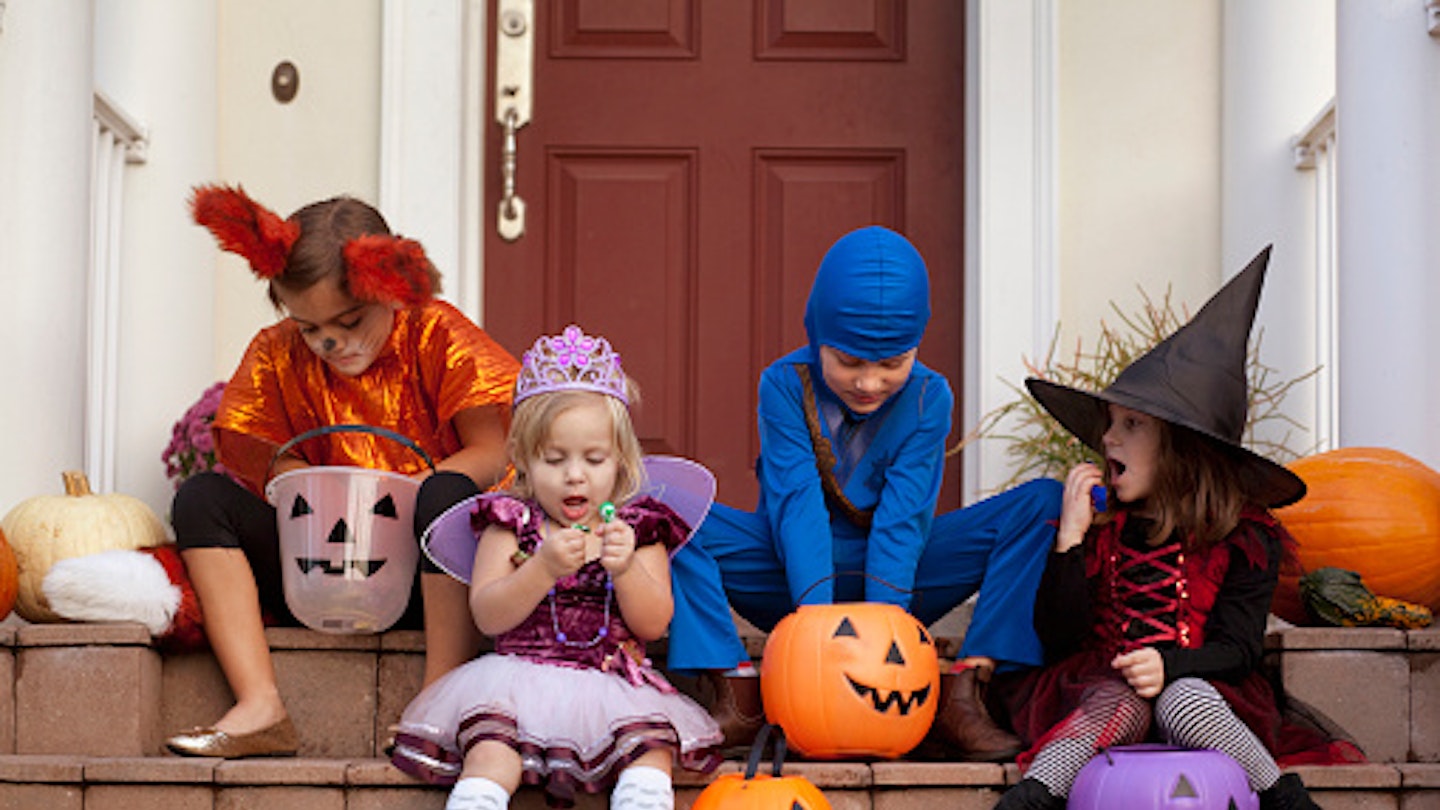Halloween is fun but you need to keep your everybody safe - follow these important safety tips when choosing a costume for your child.
Everyone loves dressing up at Halloween, children most of all. And it's so sweet seeing them go from door-to-door trick or treating locally - who doesn't take a million pictures before they go out with their little buckets? But sadly it can be dangerous for some children, as there have been a number of well-documented accidents where children's Halloween costumes were set alight by accident.
Don't worry too much though- there are lots of things you can do to mitigate the risk. You need to make sure what you buy is as safe as it can be from candles, fires and sparks, and you need to brief them on what to look out for, as well as what to do if the worst happens. We're sure everyone will stay safe this Halloween, but you can be super sure if you read our fullproof guide to Halloween costume safety!
1. Use flame-resistant materials
As it's Halloween, your child is very likely to be near candles, lanterns, and other decorative flames. Polyester and nylon are both flame-resistant materials, for example. When picking out your child's costume always look for the label "flame-resistant" and make sure there is a visible CE mark.
REMEMBER: It’s safer to choose costumes made up of one layer of heavier materials as opposed to flimsy, layered, frilly ones. Thinner materials made up of lots of layers tend to burn much faster because more oxygen can get to the fire.
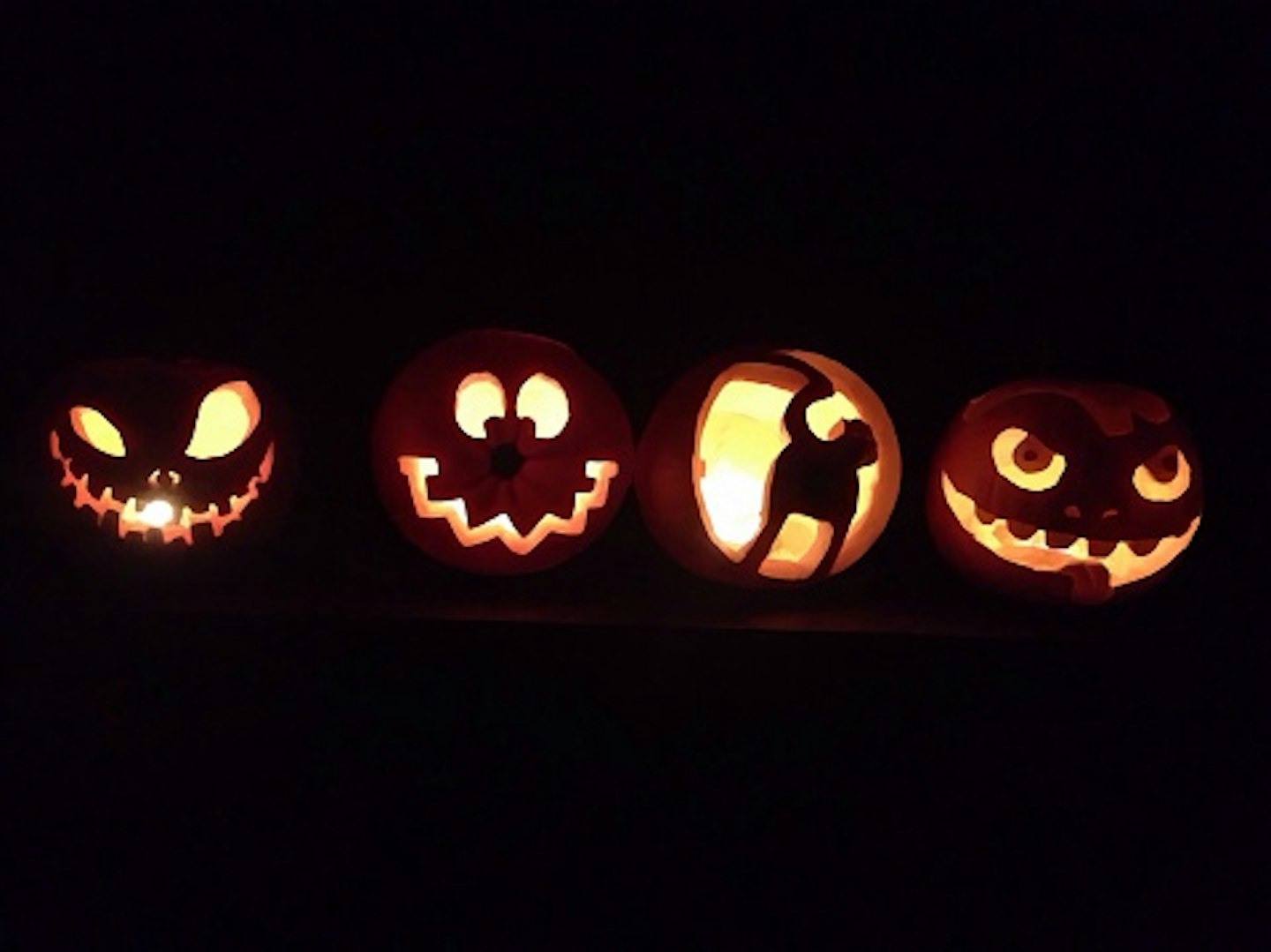
2. Pick a costume that’s made out of ONE material
Costumes that are made of one single type of material will often catch fire more slowly than those that are made out of lots of different materials.
If a costume is made of a variety of different fabrics, they can all react to a flame in a different way and, in some cases, can fuel the fire even faster.
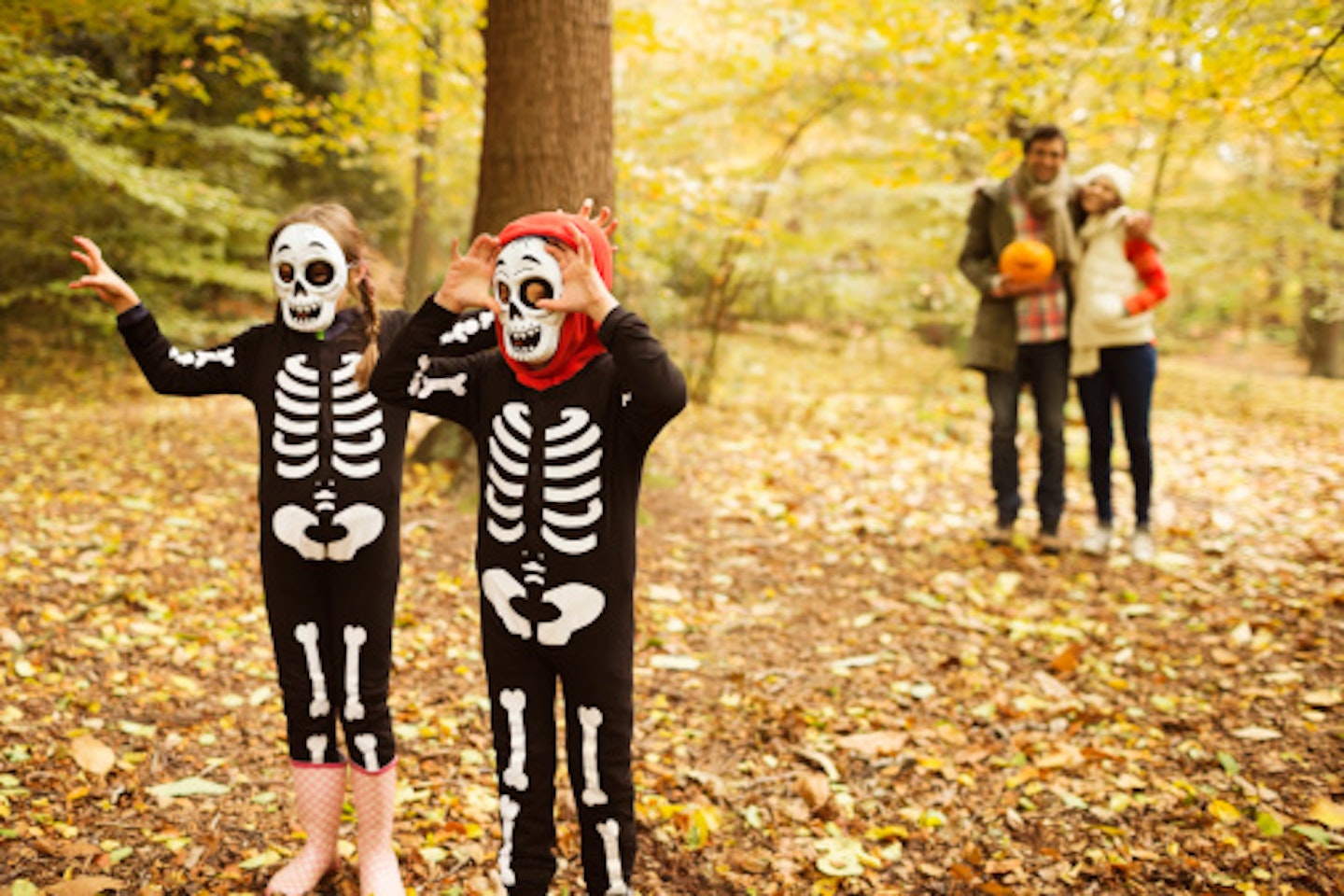
3. Wear clothes UNDER the costume
Not only because it can be quite chilly when you're trick or treating but also because it's safer. Speaking about costumes, Kevin O'Neill from the Fire and Rescue Service said, "These are toys. Toys have a lower fire safety requirement. They have a lower fire safety standard. Just be aware of that and take measures.
"One of those measures is to ensure children are wearing clothes under the costume.
"They should be wearing woollen tights for example or a woollen jumper or jeans. That way it gives some protection that if they were to catch fire you've still got a barrier between the garment and your skin".

4. Ditch the capes
Capes are very common on Halloween costumes, but - as proven by Madonna - they can pose a tripping hazard even to adults. More worryingly, however, is the fact that they pose a strangulation risk.
And on that note…
Avoid costumes and costume jewellery that is tight around the throat. Avoid anything, especially cords and sashes, that tie around the child’s neck.

5. Read the label on face paints
If you are buying face paints which are marketed at children, then they should be FDA approved. Always look for a CE mark and always check the packaging displays clear ingredients in English.
And remember that the words 'non-toxic' doesn’t always mean it will be safe for your child’s skin. Do an allergy test on a small patch of skin before using on your little one’s sensitive face.
No matter how tired they are following a night of fun, make sure you remove any costume makeup before bedroom to prevent possible skin irritation.
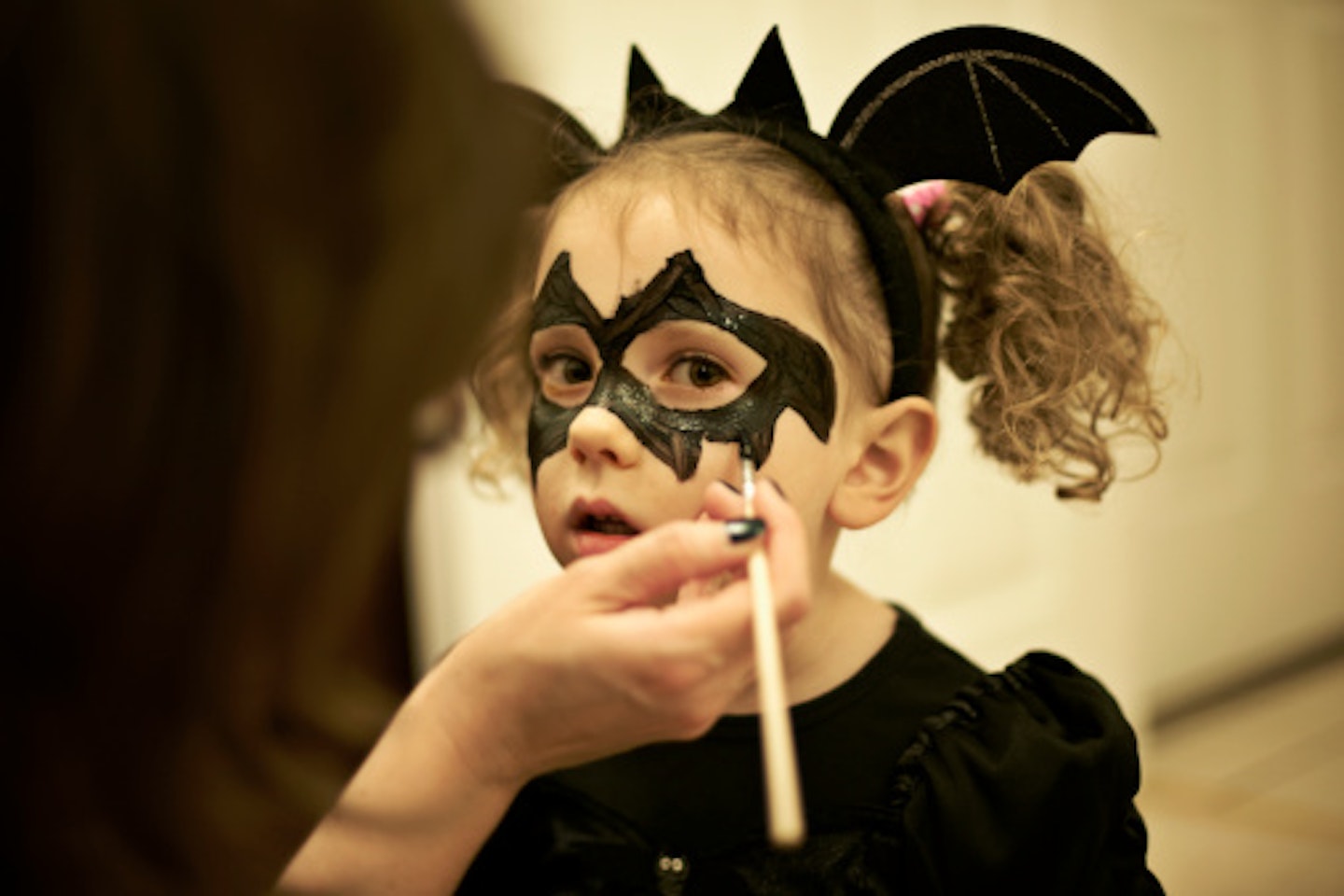
6. Keep an eye on accessories and props
Swords, knives, and other costume accessories should be short, soft, and flexible. If you think your child would be hurt if they fell on their accessory, be it a wand or a sword, then do not give them it.
Again, look for a visible CE mark when purchasing.

7. Be careful with masks
You want to make sure that your child’s mask fits snugly (so that it's comfortable and doesn’t slip), that the eye holes are big enough to see out of, and that they can breathe comfortably while wearing it.
Look for a visible CE mark before purchasing - and make sure your child doesn’t wear the mask when they are walking near busy roads.
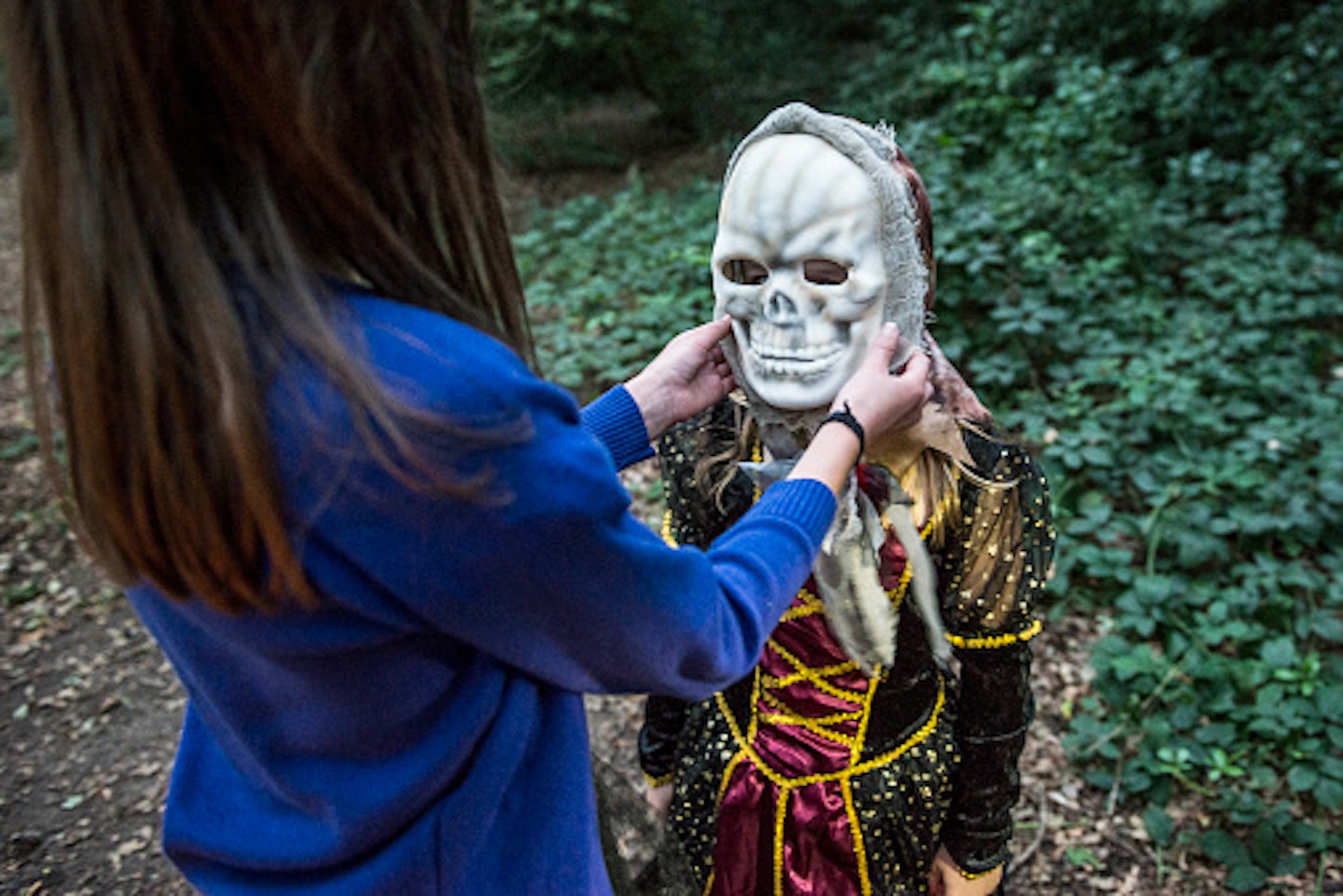
8. Remember to stay visible
Choose bright and light coloured costumes and clothing wherever possible. If they are heading out trick-or-treating, give them a glow stick to carry, and buy reflective tape and attach it to your child’s costume. This will ensure that motorists can see your child - and that you can keep an eye on them!
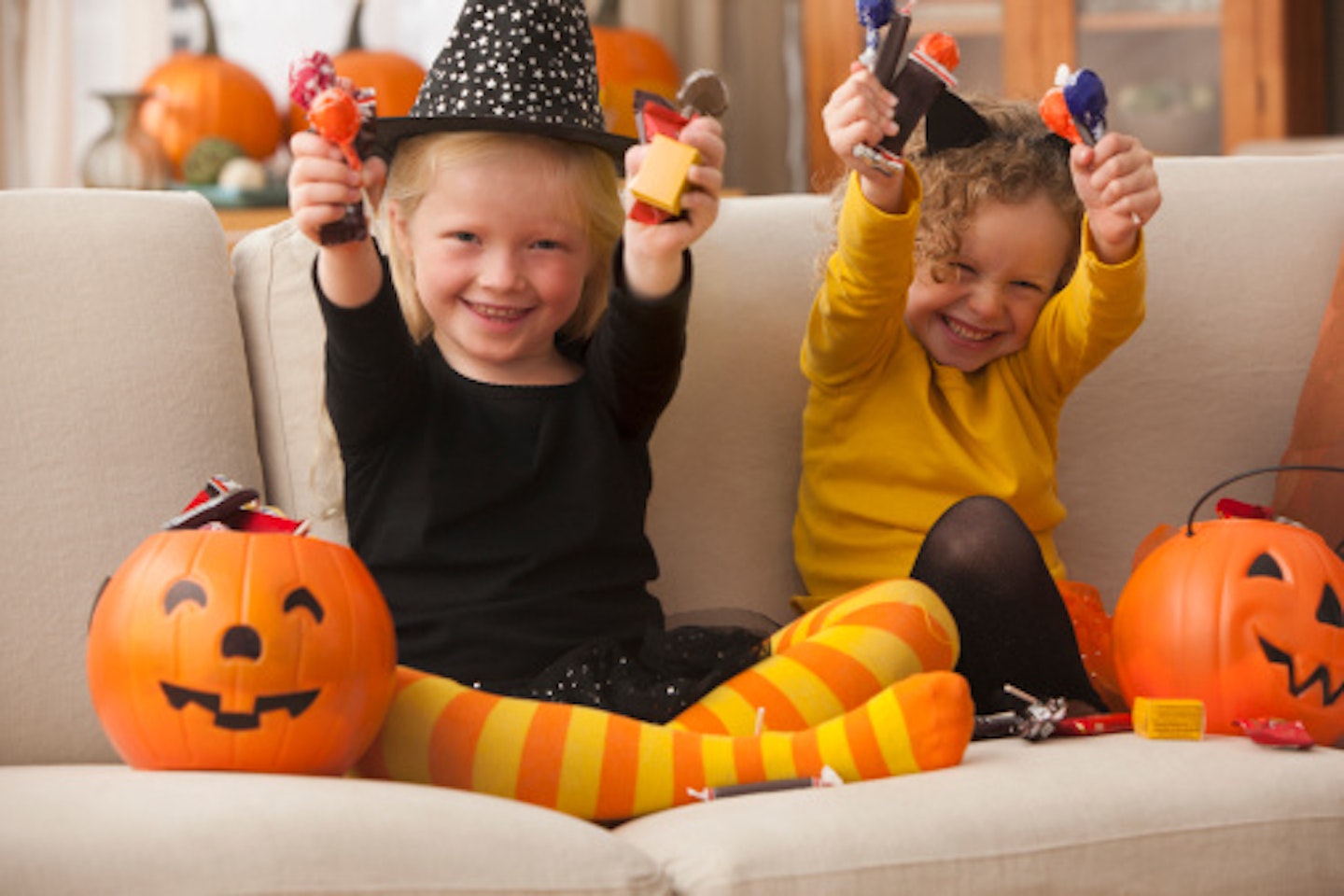
9. Don’t forget the shoes!
Your little princess doesn’t need to wear high heels; leave them at home and pop her in sturdy footwear that she won’t trip in.
And, on the note, remember that many shoes that come with costumes are NOT meant for outdoor use; make sure your child is wearing shoes that fit properly and have proper grip to them, so that they don’t slip and fall. Also so they can comfortably survive the night walking around in their shoes.
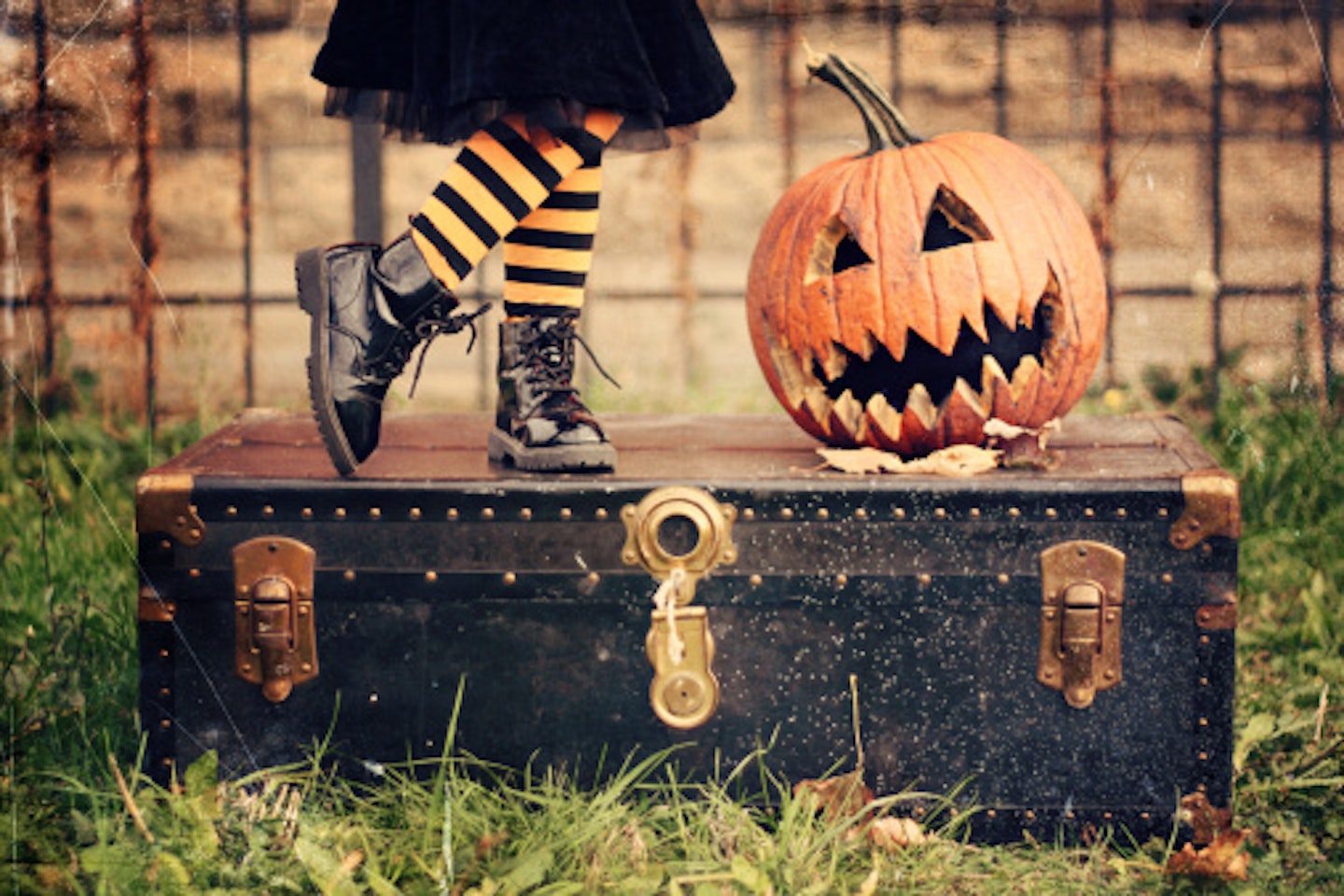
10. And of course, make sure it fits
Do not purchase costumes that are flimsy, billowing, too big, or that drag on the ground; not only will this be a tripping hazard, but it could also get caught up in Halloween candles.
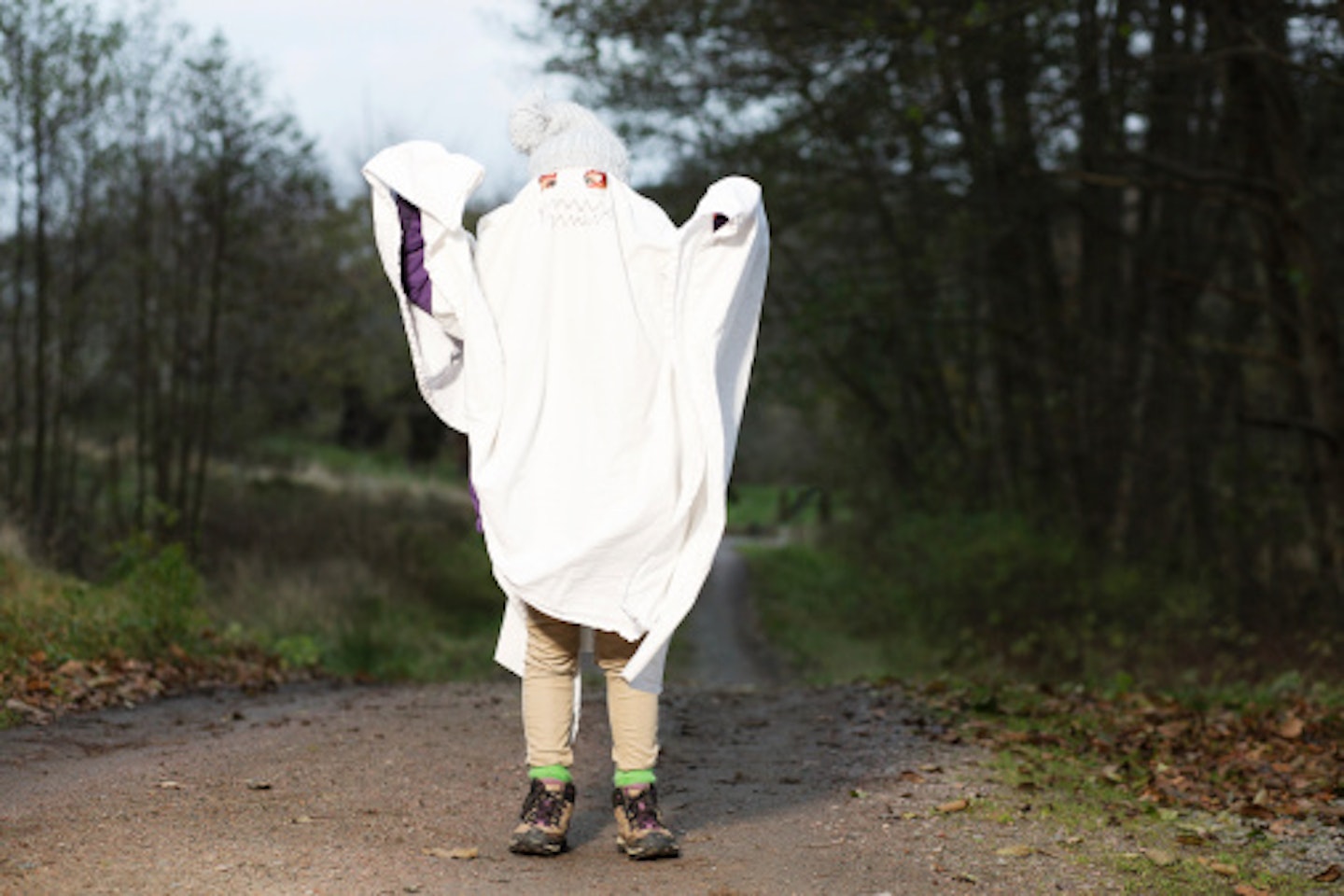
REMEMBER: The main thing to do is use your own common sense and rust your parental instincts. If it doesn’t feel safe or comfortable, then it probably isn’t; go with your gut, follow our advice, and keep things safe this Halloween.
Stop, drop, and roll
If the worst does happen, make sure that children know the 'stop, drop and roll' drill.
Speaking to the BBC, Kevin O'Neill from the Fire and Rescue Service said: "Stop what you're doing, get on the ground and roll.
"Allow the ground to be the means of suffocating a fire and not a person's hands."
